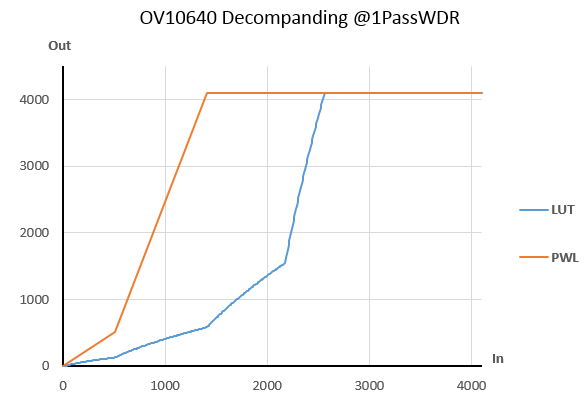Hi,
I'm evaluating Onsemi HDR sensor which has output of HDR 20bit companded data.
But I am not sure it can be supported in current vision sdk v3.4.
The iss configuration was
pUcObj->IssM2mIspPrm.channelParams[0].operatingMode = ISSM2MISP_LINK_OPMODE_1PASS_WDR;
pUcObj->IssM2mIspPrm.channelParams[0].inBpp = SYSTEM_BPP_BITS12;
pUcObj->IssM2mIspPrm.channelParams[0].decmpBpp = SYSTEM_BPP_BITS20;
The "decmpBpp" was defined as below in issM2mIspLink.h.
I assume "decmpBpp" is the de-companded output resolution and iss input resolution as well. But it was not used at any source codes including vision sdk and TI driver.
System_BitsPerPixel decmpBpp;
/**< Input Bits per pixel after decompaning
* - Only valid in 16-bit WDR and 20-bit WDR mode
* - Ignored in 12-bit linear mode
*/
Can you confirm that vision sdk can support HDR 20bit companded to 12bit sensors?
If it can support one, please let me know how to setup parameters.
Regards,
HJ Kim


